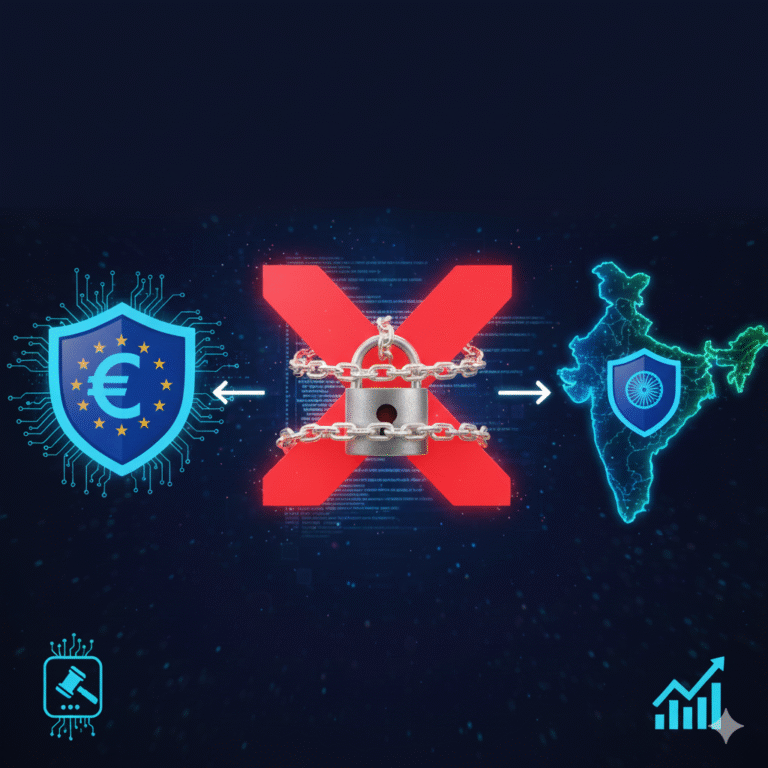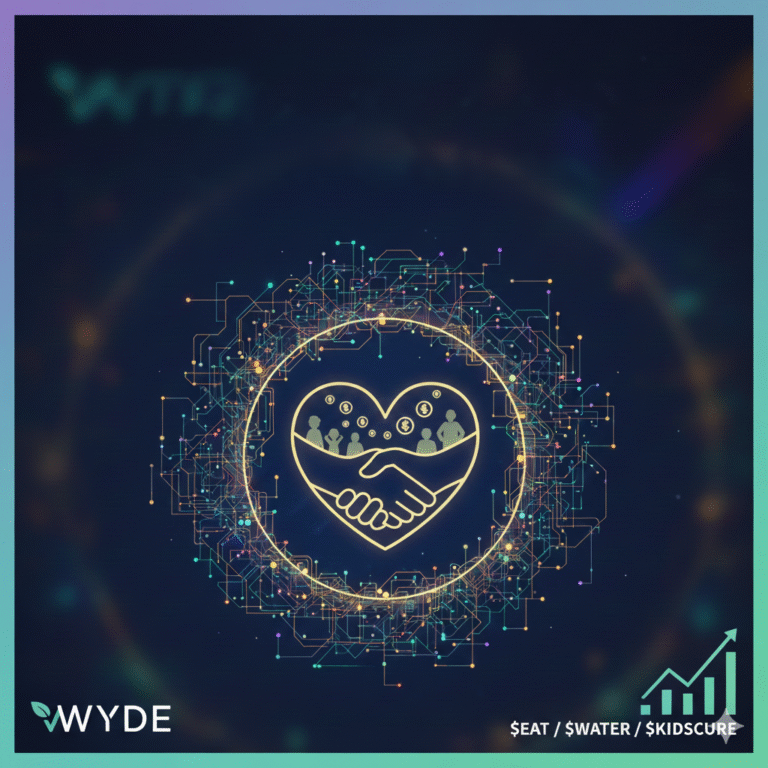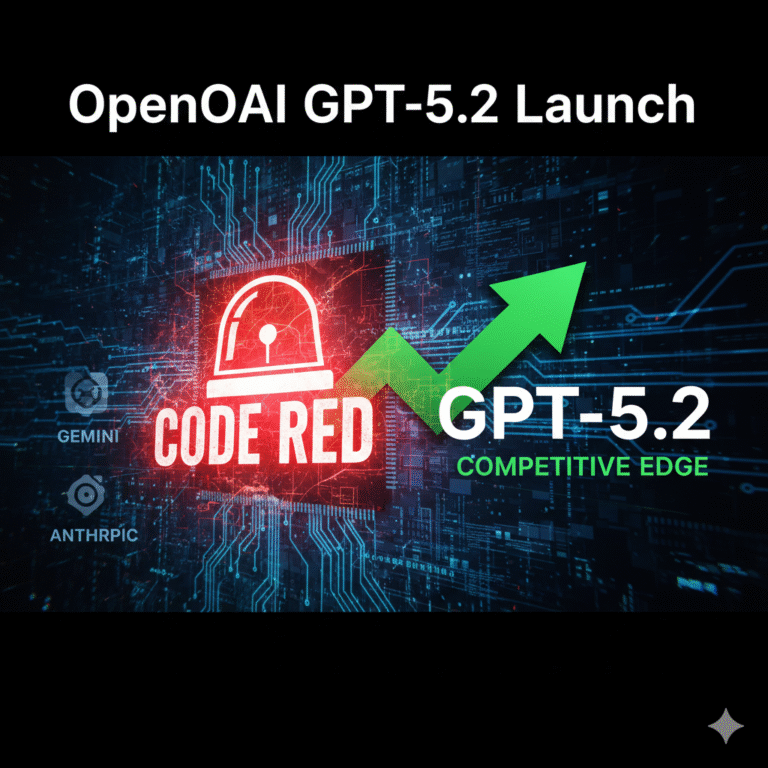In today’s hyper-connected world, digital identities have become an integral part of our lives. From online banking to social media, we constantly interact with systems that require us to prove who we are. However, these traditional methods often rely on centralized authorities, raising concerns about data privacy, security, and control. Decentralized Identifiers (DIDs) offer a revolutionary approach, empowering individuals with greater control over their digital identity information.
Understanding Decentralized Identifiers (DIDs)
Essentially, a DID is a unique and verifiable identifier that doesn’t rely on a specific entity or platform. It’s like a digital address that points to your identity information, allowing you to control how and when that information is shared. Unlike traditional usernames or account numbers, DIDs are not tied to a specific service provider. This decentralization provides several key benefits:
- User Control: Individuals have complete control over their identity data, including what information is shared and with whom.
- Data Portability: DIDs enable seamless data portability across different platforms and services. You can easily move your identity information without relying on a single entity.
- Enhanced Privacy: By controlling access to your data, DIDs minimize the risk of data breaches and unauthorized access.
- Interoperability: DIDs facilitate interoperability between different systems, enabling more seamless and secure interactions across various platforms.
How DIDs Work
DIDs are typically represented as URLs that point to a decentralized ledger, such as a blockchain. This ledger stores verifiable information about the DID, including its owner, public keys, and associated credentials. When you want to prove your identity, you present a verifiable credential that is linked to your DID. This credential can be a digital driver’s license, a degree certificate, or any other relevant piece of information.
Key Components of a DID
- DID Method: This specifies the mechanism used to resolve the DID, such as a blockchain or a distributed ledger.
- DID Subject: This represents the entity associated with the DID, which can be an individual, an organization, or even a device.
- DID Document: This is a JSON-LD document that contains metadata about the DID, including public keys, authentication methods, and service endpoints.
- Verifiable Credentials: These are digital credentials that are linked to a DID and contain verifiable claims about the DID subject.
Applications of DIDs
The potential applications of DIDs are vast and span various sectors:
- Self-Sovereign Identity (SSI): DIDs empower individuals to control their own digital identities, enabling them to share only the necessary information with specific entities.
- Supply Chain Management: DIDs can be used to track the origin and authenticity of products throughout the supply chain, improving transparency and reducing fraud.
- Healthcare: DIDs can facilitate secure and efficient sharing of patient data among healthcare providers, while ensuring patient privacy.
- Government Services: DIDs can streamline government services by enabling secure and verifiable identity verification, reducing administrative burdens.
- Financial Services: DIDs can enhance the security and efficiency of financial transactions by enabling secure and verifiable identity authentication.
Challenges and Considerations
While DIDs offer numerous advantages, there are also challenges to consider:
- Scalability: Scaling DIDs to handle a large number of users and transactions requires robust infrastructure and efficient resolution mechanisms.
- Usability: DIDs can be complex for users to understand and manage, requiring user-friendly interfaces and tools.
- Security: Ensuring the security of DIDs and the underlying infrastructure is critical to prevent identity theft and fraud.
- Interoperability: Achieving interoperability between different DID methods and platforms is essential for widespread adoption.
The Future of DIDs
Despite the challenges, DIDs have the potential to revolutionize how we manage and use digital identities. As technology continues to evolve and adoption grows, we can expect to see a wider range of applications and use cases emerge. Continued research and development in areas such as scalability, usability, and security will be crucial for realizing the full potential of DIDs.
Conclusion
Decentralized Identifiers represent a paradigm shift in digital identity management, empowering individuals with greater control over their personal data. By leveraging blockchain technology and other decentralized technologies, DIDs offer a secure, private, and user-centric approach to identity verification and authentication. As the digital world continues to evolve, DIDs are poised to play a critical role in shaping the future of identity and data management.
Frequently Asked Questions (FAQs)
- What are Decentralized Identifiers (DIDs)?
- DIDs are unique and verifiable identifiers that are not tied to a specific entity or platform.
- How do DIDs differ from traditional usernames or account numbers?
- DIDs are decentralized, giving individuals more control over their identity data.
- What are the benefits of using DIDs?
- Enhanced privacy, user control, data portability, and interoperability.
- How do DIDs work?
- DIDs are typically represented as URLs that point to a decentralized ledger, where information about the DID is stored.
- What is a DID Document?
- It’s a JSON-LD document containing metadata about the DID, such as public keys and authentication methods.
- What are verifiable credentials?
- Digital credentials linked to a DID that contain verifiable claims about the DID subject.
- What are the applications of DIDs?
- Self-sovereign identity, supply chain management, healthcare, government services, and financial services.
- What are the challenges of using DIDs?
- Scalability, usability, security, and interoperability.
- What is the role of blockchain in DIDs?
- Blockchain technology can be used to store and manage DID information securely and transparently.
- What is the future of DIDs?
- DIDs are expected to play a critical role in shaping the future of identity and data management.
- Can I create my own DID?
- Yes, there are various tools and platforms available for creating and managing DIDs.
- How secure are DIDs?
- The security of DIDs depends on the underlying infrastructure and the implementation of security measures.
- Are DIDs private?
- DIDs can be designed to be private, allowing individuals to control which information is shared and with whom.
- What is Self-Sovereign Identity (SSI)?
- SSI is a framework that empowers individuals to control their own digital identities.
- How do DIDs contribute to data portability?
- DIDs enable individuals to easily move their identity data between different platforms and services.











+ There are no comments
Add yours